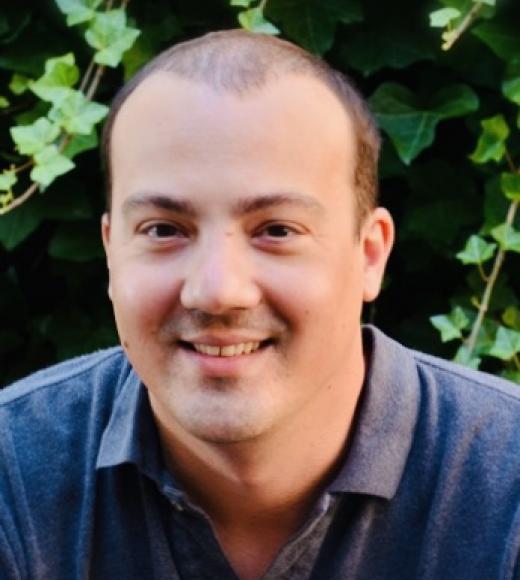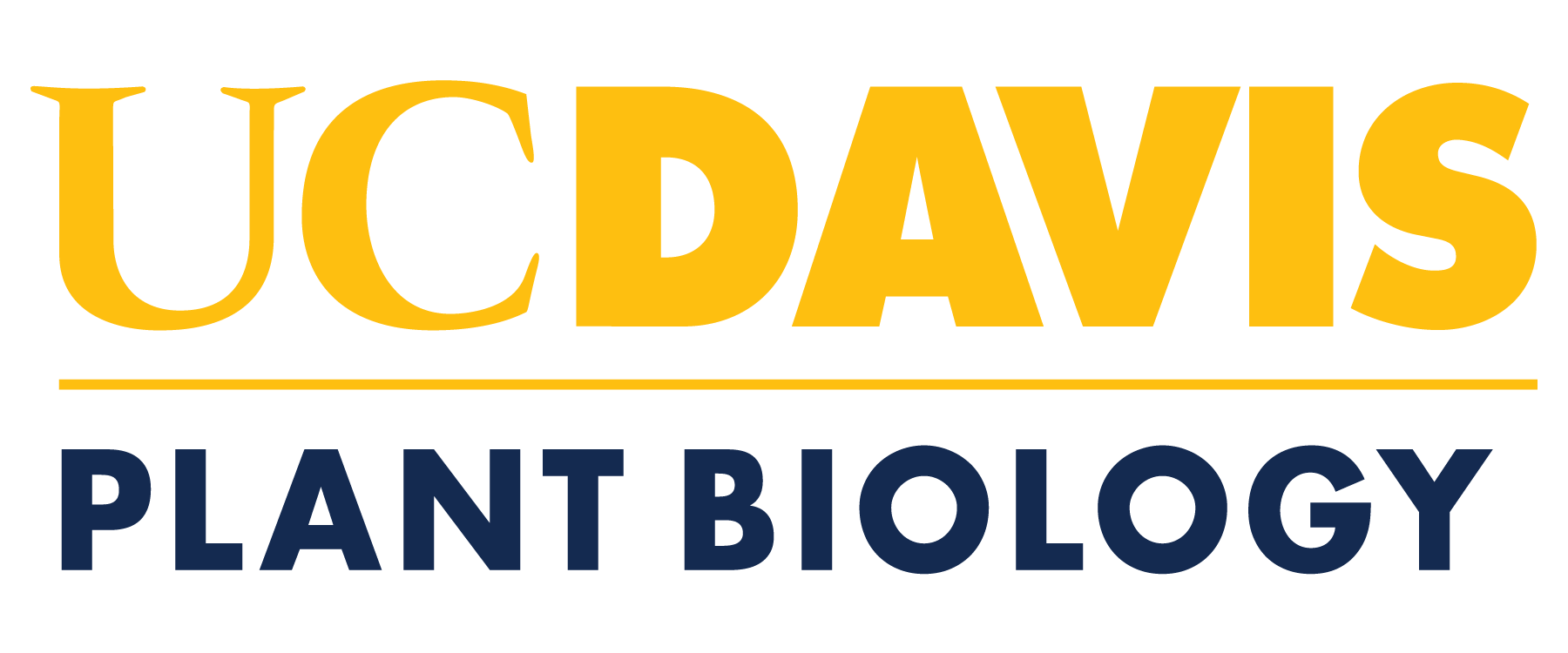
Position Title
Associate Professor
Research Interests
Molecular mechanisms of signaling pathways and their regulation by proteolytic systems
Our lab integrates cutting edge approaches from the fields of structural biology, biochemistry, and molecular and cellular biology to decode sensing machineries and signaling pathways in plants, fungi, and humans. Our ultimate goal is to decipher fundamental biological pathways from the atomic to organismal level, and develop innovative strategies for the benefit of agriculture, environment, and human health. We are particularly interested in dissecting signaling pathways that are triggered by extracellular stimuli (such as light, gravity, small-molecules, hormones, and pathogens), and revealing their regulation by the ubiquitin proteasome system. Please visit our website for more information.
Honors and Awards
- UC Davis Award for Innovation and Creativity
- NSF CAREER Award
- Arthur C. Neish Award
Grad Group Affiliations
- Biochemistry, Molecular, Cellular and Developmental Biology
- Plant Biology
- Integrative Genetics and Genomics
Courses (Teaching & Mentoring)
- BIS 102 Structure and Function of Biomolecules, Winter
- MCB 120L Molecular Biology & Biochemistry Laboratory, Spring
- GDB 189 Global Disease Biology Senior Research
- BIT 192 Internship in Biotechnology
- PBI 290 PBGG graduate groups discussions
- PLB 198 Directed Group Study
- MCB197T Tutoring in MCB
- MCB 390 - Methods Of Teaching
Specialties / Focus
- Biochemistry
- Cancer Biology
- Cell and Developmental Biology
- Cell Biology
- Cellular Responses to Toxins and Stress
- Chemistry
- Developmental Biology
- Developmental Genetics
- Genomics, Proteomics and Metabolomics
- Model Plants
- Molecular Biology, Biochemistry and Genomics
- Molecular Medicine
- Plant Molecular Biology
- Signal Transduction
- Structural Biology
Education
- Postdoctoral fellow, University of Washington, Seattle - Howard Hughes Medical Institute
- PhD Biochemistry, Technion Israel-Institute of Technology
Selected Publications
Palayam, M., Ganapathy, J., Guercio, AM., Tal, L., Deck, SL., and Shabek, N (2021). Structural Insights into Photoactivation of Plant Cryptochrome-2. Nature-Communications Biology doi. 10.1038/s42003-020-01531-x
Yadav, B., Jogawat, A., LalNITRATE, SK., Lakra, N., Mehta, S., Shabek, N., and Narayan OP (2021). Plant mineral transport systems and the potential for crop improvement. Planta
Sun, F., Ding, L., Feng, W., Cao, Y., Lu, F., Yang, Q., Li, W., Lu, Y., Shabek, N., Fu, F., and Yu, H (2020). Maize transcription factor ZmBES1/BZR1-5 positively regulates kernel size. Journal of Experimental Botany doi.org/10.1093/jxb
Tal, L., Anleu-Gil, MX., Guercio, AM., and Shabek, N (2020). Structural Aspects of Plant Hormone Signal Perception and Regulation by Ubiquitin Ligases. Plant Physiology. 10.1104/pp.19.01282
Kuppu, S., Marimuthu, M., Ron, M., Li, G., Huddleson, A., Siddeek, MH., Terry, J., Buchner, R., Shabek, N., Comai, L., and Britt, AB (2020). A variety of changes, including CRISPR/Cas9 mediated deletions, in CENH3 lead to uniparental genome elimination and haploid induction on outcrossing. Plant Biotech J. LINK
Shabek, N., Ticchiarelli, F., Mao, H., Hinds, TR., Leyser, O. & Zheng, N. (2018). Structural plasticity of D3-D14 ubiquitin ligase in strigolactone signalling. Nature. 563, 652-656. nature.com/articles/s41586-018-0743-5
- SPOTLIGHT in Trends in Plant Science. Binding or Hydrolysis? How Does the Strigolactone Receptor Work? (2019). 10.1016/j.tplants.2019.05.001
Shabek, N., Ruble, J., Hinds, TR., and Zheng, N. (2018). Structural insights into DDA1 function as a core component of the CRL4-DDB1 ubiquitin ligase. Nature-Cell Discovery. DOI: 10.1038/s41421-018-0064-8 nature.com/articles/s41421-018-0064-8
Zheng, N., Shabek, N. (2017). Ubiquitin ligases: structure, function, and regulation. Annu Rev Biochem. 86, 129-157.
Shabek, N., Zheng, N. (2014). Plant ubiquitin ligases as signaling hubs. Nat Struct Mol Biol 21, 293-296.
Zhou, F., Lin, Q., Zhu, L., Ren, Y., Zhou, K., Shabek, N., et al. (2013). D14-SCF(D3)-dependent degradation of D53 regulates strigolactone signaling. Nature. 504, 406-410.
Shabek, N., Herman-Bachinsky, Y., Buchsbaum, S., Lewinson, O., Haj-Yahya, M., Hejjaoui, M., Lashuel, HA., Sommer, T., Brik, A., and Ciechanover, A. (2012). The Size of the Proteasomal Substrate Determines Whether Its Degradation Will Be Mediated by Mono- or Polyubiquitylation. Mol Cell. 48, 87-97.
- RESEARCH HIGHLIGHT in Nature Reviews Molecular Cell Biology. Protein Metabolism: Length Matters (2012). 10.1038/nrm3445
Braten O., Shabek, N., Kravtsova-Ivantsiv, Y., and Ciechanover, A. (2011). Generation of free ubiquitin chains is upregulated in stress, and facilitated by the HECT domain ubiquitin ligases, Ufd4 and Hul5. Biochem J. 444, 611-617.
Weissman, AM., Shabek, N., and Ciechanover, A. (2011). The predator becomes the prey: regulation of the ubiquitin system by ubiquitylation and degradation. Nat Rev Mol Cell Biol 12, 605-620.
Shabek, N., Ciechanover, A. (2010). The degradation of ubiquitin: the fate of the cellular reaper. Cell Cycle 9, 523-530.
Shabek, N., Herman-Bachinsky, Y., and Ciechanover, A. (2009). Ubiquitin degradation with its substrate, or as a monomer in a ubiquitination-independent mode, provides clues to proteasome regulation. Proc Natl Acad Sci U S A 106, 11907-11912.
Shabek, N., Iwai, K., and Ciechanover, A. (2007). Ubiquitin is degraded by the ubiquitin system as a monomer and as part of its conjugated target. Biochem Biophys Res Commun 363, 425-431.
